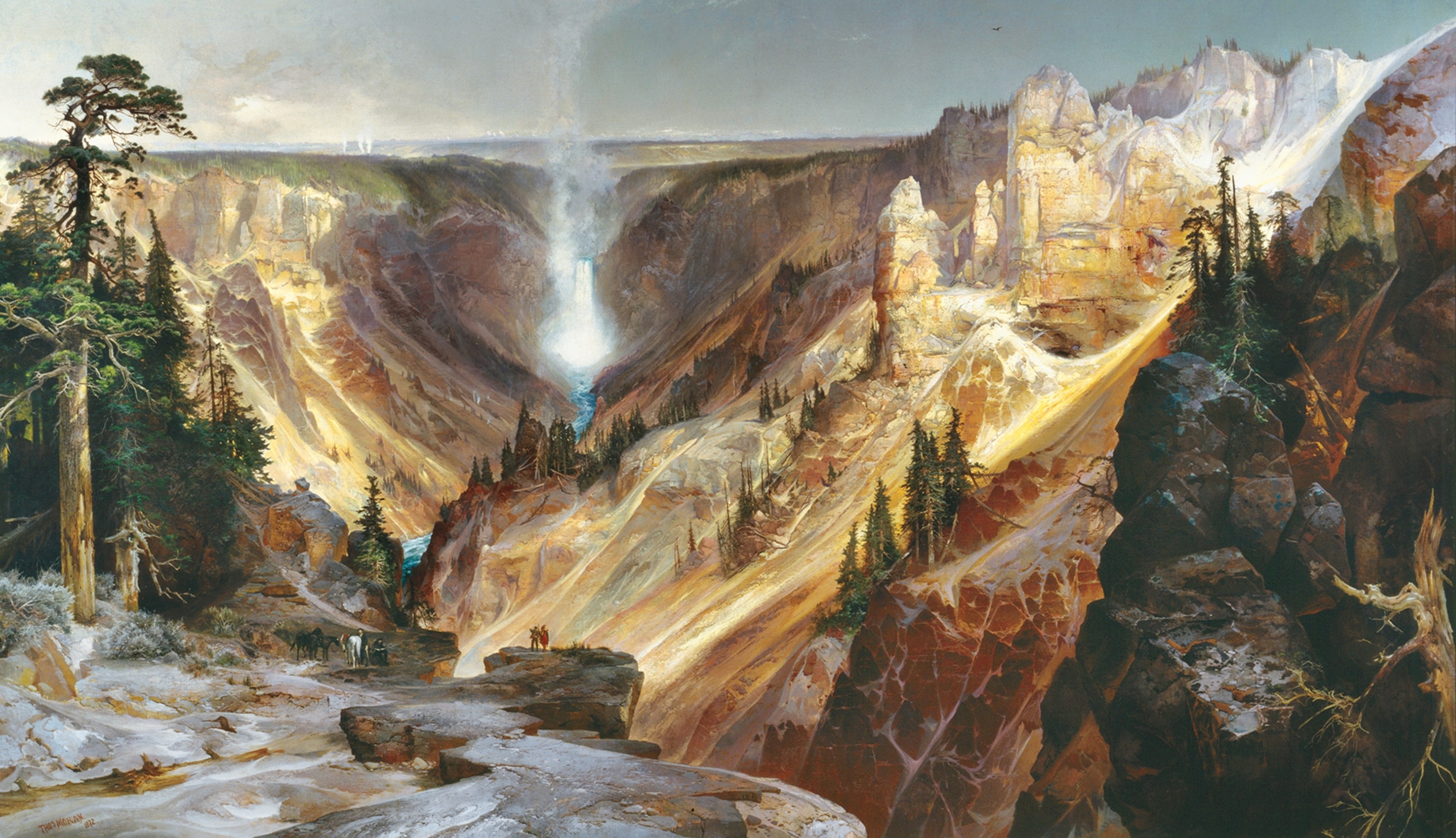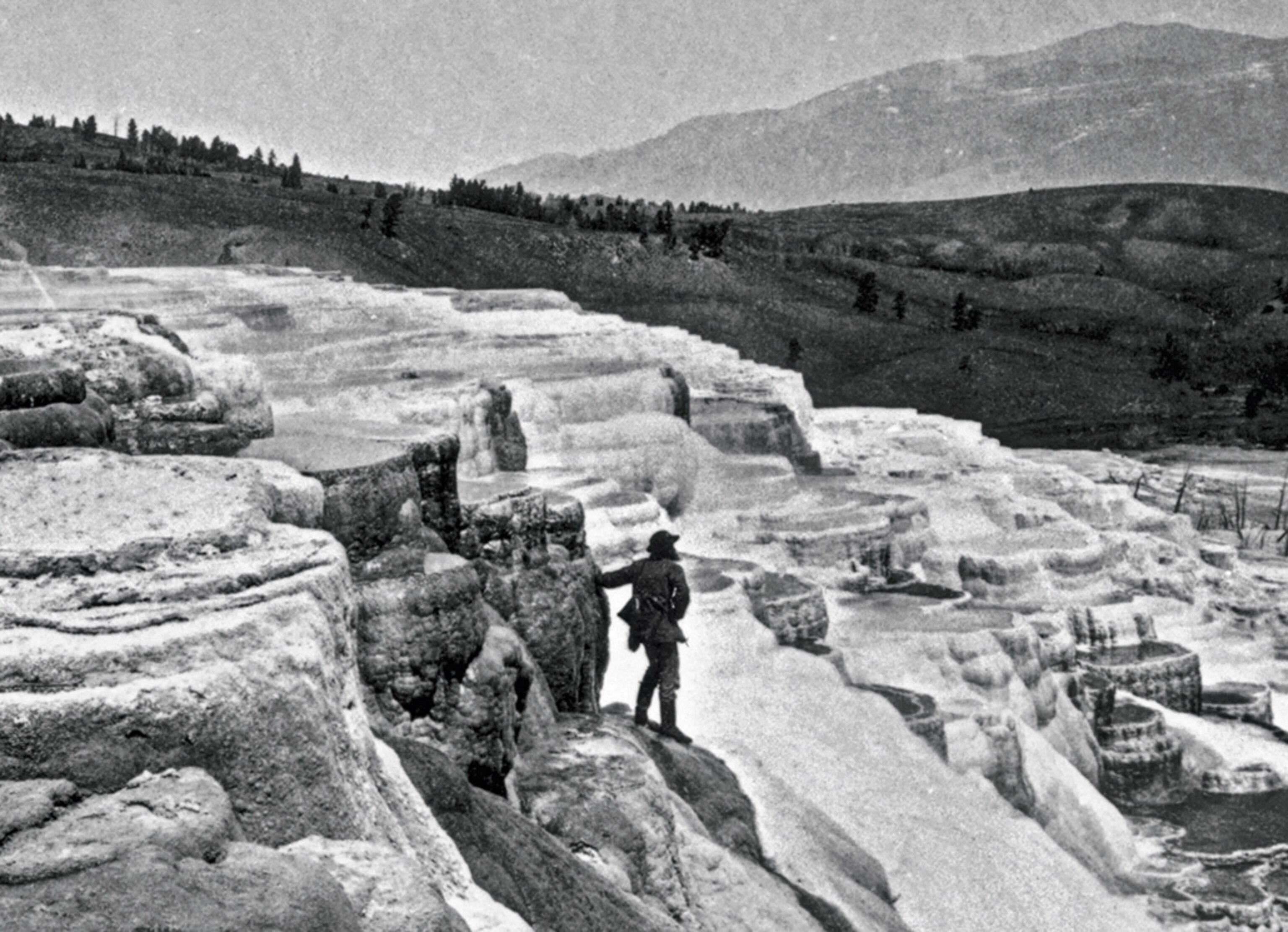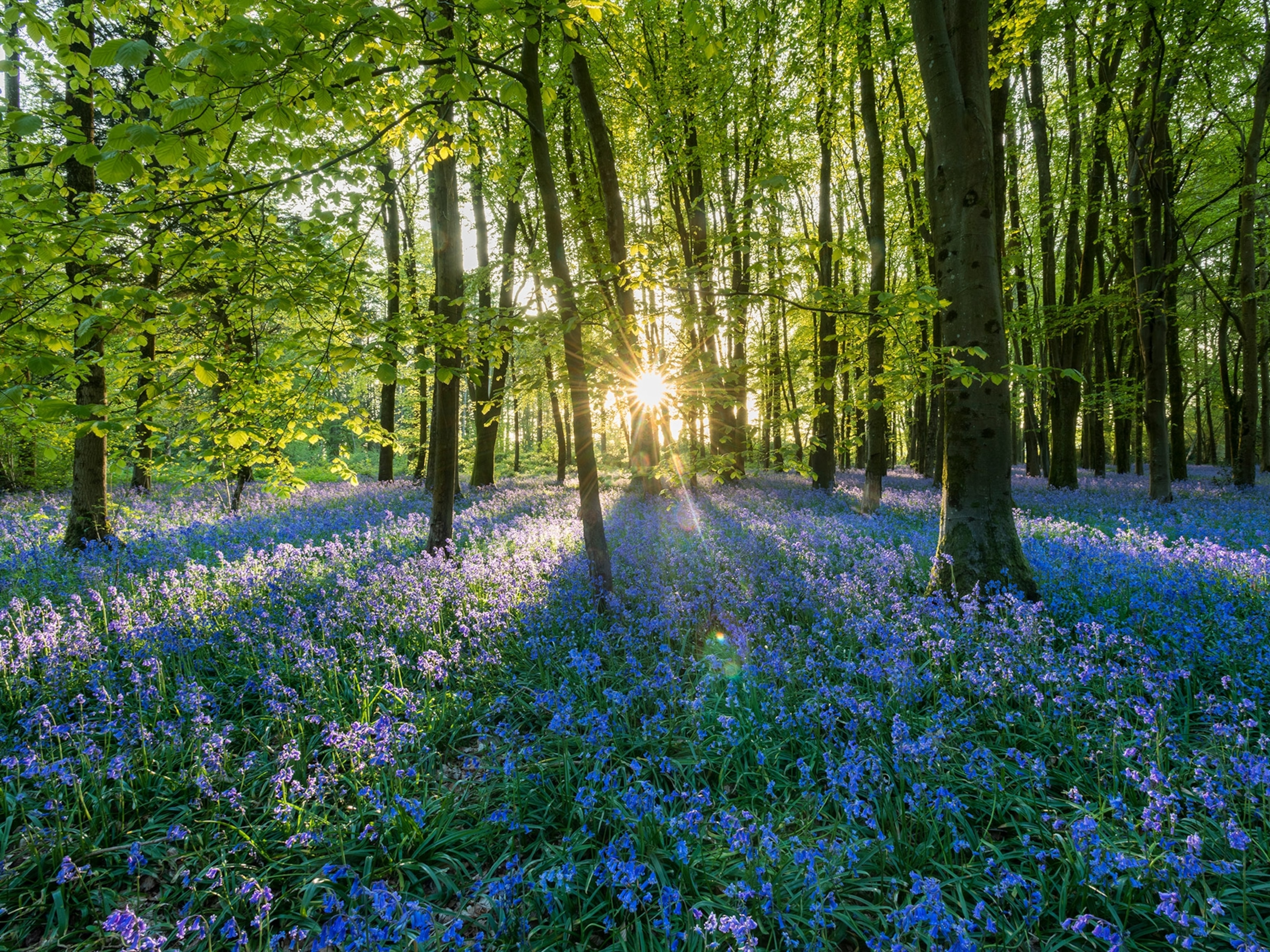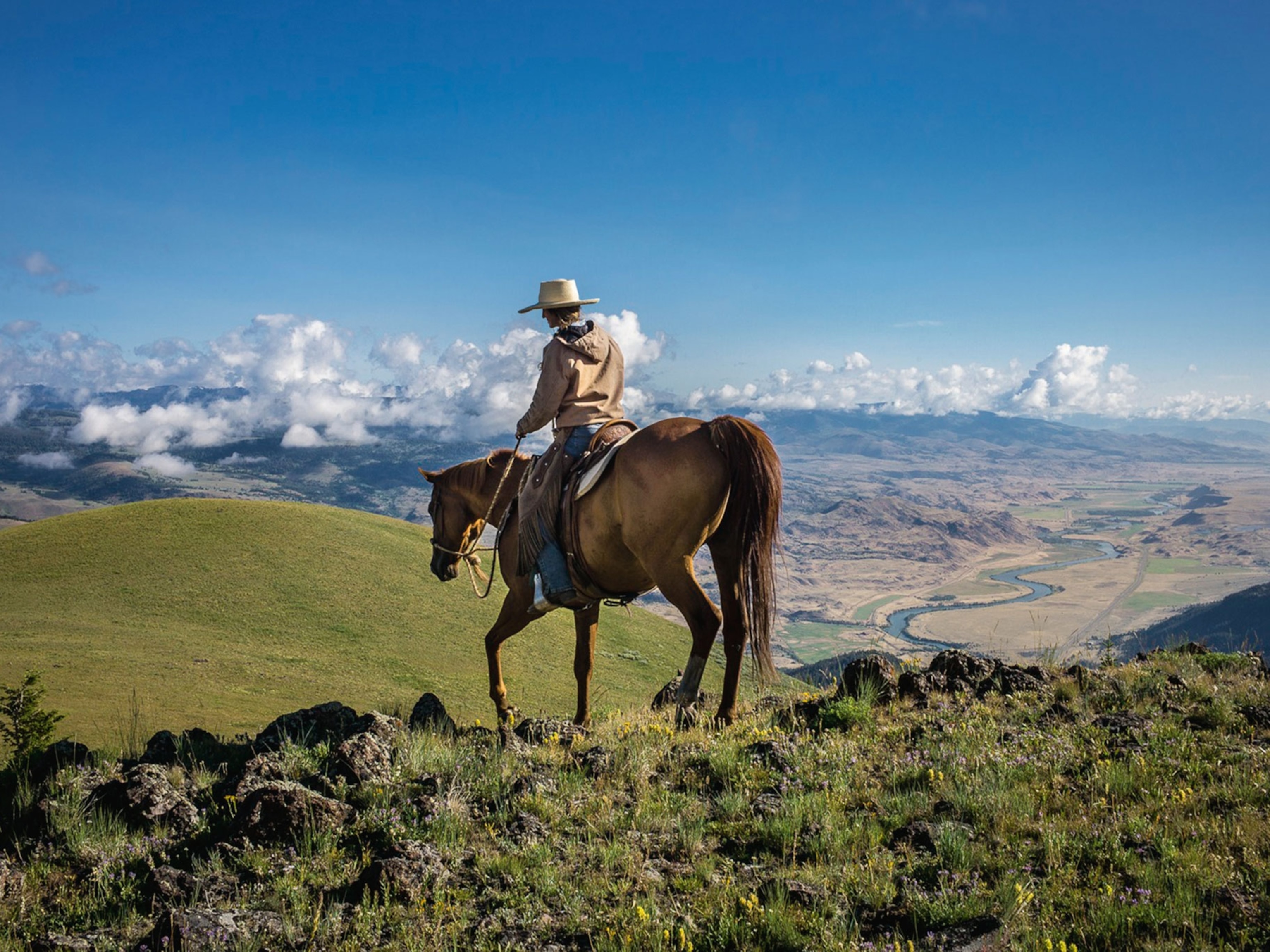
We Have a Painter to Thank for Yellowstone
Before artist Thomas Moran set foot in the park, it was seen as a hellish place. After, it was marketed as a wonderland.
Before Thomas Moran arrived, Yellowstone in the popular imagination was a harsh, wild place pocked with hellish geysers. After the painter’s work was finished, Yellowstone was established as a national park and marketed as a wonderland.
In 1871 Moran and photographer William Henry Jackson had joined the first U.S. government survey of the region. For two weeks Moran filled a sketchbook with the landscape’s most stunning sights. The survey results, Jackson’s photos, and Moran’s watercolors—the first color renderings of the area—were presented to Congress that fall. “The photographs were proof that what the artist was showing really existed,” says Eleanor Harvey, senior curator at the Smithsonian American Art Museum.

In March 1872 lawmakers officially made Yellowstone a national park, the world’s first. By April, Moran had transformed some of his sketches into a 7-by-12-foot painting. The gold-splattered valley and billowing Lower Falls of “The Grand Canyon of the Yellowstone” captivated the public. “It is too grand and wonderful for words,” declared the Ladies’ Repository that August, “and none can ever judge of its wonders from any engraving or photograph in mere black and white.”
Though Moran later painted Lake Superior, the Grand Canyon, and the Rockies, his reputation was so intertwined with Yellowstone that he took to signing his paintings “TYM,” for Thomas “Yellowstone” Moran.




